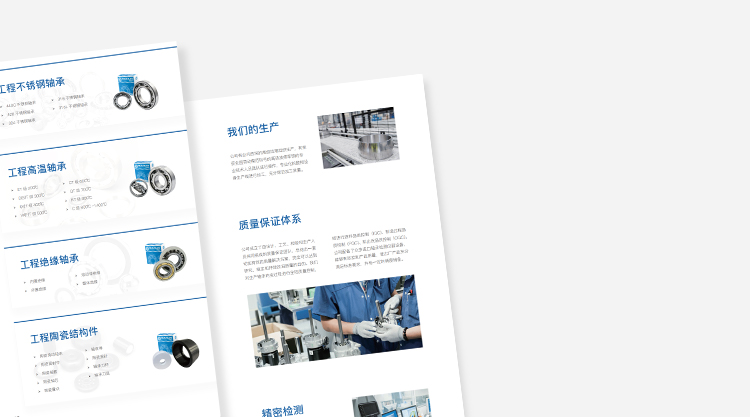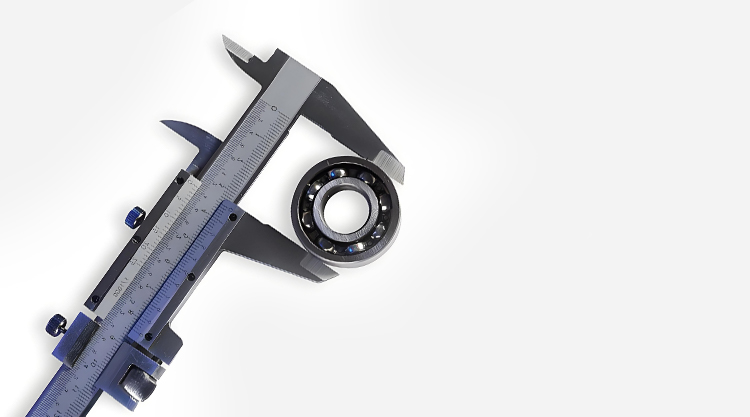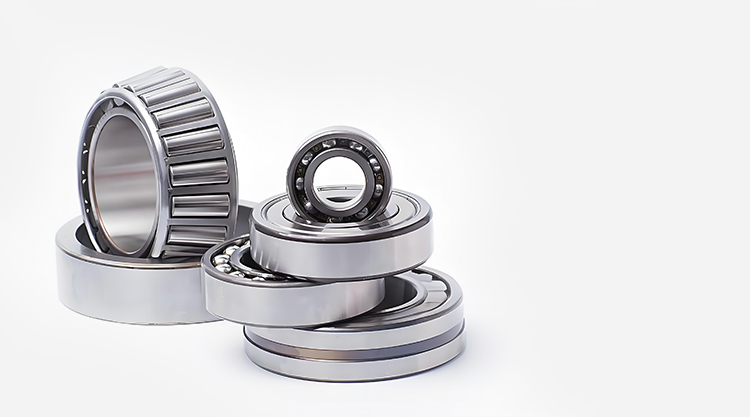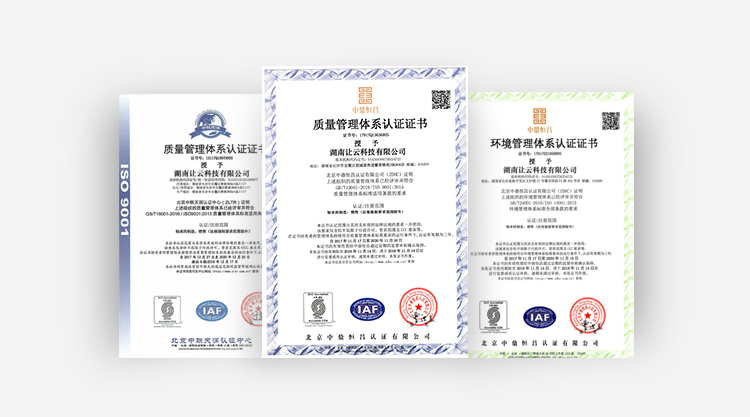How to Select Bearing Speed?
In industrial equipment, bearing speed has always been one of the key parameters that engineers and purchasers pay attention to. Many people may wonder: is the higher the bearing speed, the better? In fact, high speed does not necessarily mean the best choice. This article will analyze the relationship between bearing speed and performance from the perspectives of bearing design, application conditions, and service life.
I. Definition and influencing factors of bearing speed
Bearing speed usually refers to the maximum speed at which a bearing can operate safely under specific load and lubrication conditions. The main factors affecting bearing speed include: bearing type (such as deep groove ball bearings, angular contact bearings, cylindrical roller bearings), lubrication method, clearance, material strength, and installation accuracy. Different bearings, by their structural design, determine the maximum speed range they can withstand.
II. Advantages of high-speed bearings
In some industrial applications, high speed is a necessary condition. For example, machine tool spindles, turbine machinery, and aerospace equipment all require bearings with higher speed capability. High-speed bearings can bring higher efficiency and more precise machining performance, reduce friction losses, and improve overall equipment performance.
III. Potential problems of excessive speed
Although high-speed bearings have advantages, excessively high speeds can also bring a series of problems. First, high-speed operation leads to temperature rise, causing lubricating grease to deteriorate easily and shortening bearing life. Second, under high-speed conditions, friction and centrifugal forces increase, accelerating wear of rolling elements and cages, and easily causing early failure. Finally, over-pursuing speed may also increase energy consumption and noise, which is not conducive to stable equipment operation.
IV. How to reasonably select bearing speed?
In practical applications, bearing selection should be based on operating conditions to determine the most suitable bearing speed. Generally speaking:
| High-speed precision equipment | Suitable for using angular contact ball bearings, ceramic ball bearings, and other types with excellent high-speed performance. |
|---|---|
| Heavy-load low-speed conditions | More attention should be paid to bearing life and load capacity rather than blindly pursuing high speed. |
| Limited lubrication conditions | The lubrication method should be considered to avoid failures under high speed due to poor lubrication. |
V. Conclusion
In summary, bearing speed is not necessarily the higher the better. In the industrial field, a reasonable choice of speed requires comprehensive consideration of bearing type, load, lubrication method, and operating conditions. For engineers and purchasers, the key is to find a balance between speed, service life, and efficiency, rather than simply pursuing "high speed." Only in this way can long-term stable operation of equipment and maximum cost-effectiveness be ensured.
If you would like to learn more about high-speed bearings, bearing life, and selection methods under different operating conditions, please continue to follow our website. We will bring you more professional bearing knowledge and application cases.
-
22 2025.09What bearings should be used in high-temperature operating conditions?
This article will analyze the core considerations for selecting high-temperature bearings based on practical applications.
-
22 2025.09What do the bearing clearances (C2, C3, CM) mean? How should they be selected?
This article will analyze the definition, classification, and selection methods of bearing clearance from a professional perspective, helping readers better understand and apply them.
-
22 2025.09Several Signs of Incorrect Bearing Installation — Have You Noticed Them?
This article will detail several common signs of improper bearing installation, helping engineers and maintenance personnel identify problems in time and avoid greater losses.
-
22 2025.09How to Select Bearings for Semiconductor Equipment in HF Acid Environments?
For bearings in semiconductor equipment operating continuously under HF acid conditions, this environment poses significant challenges.




